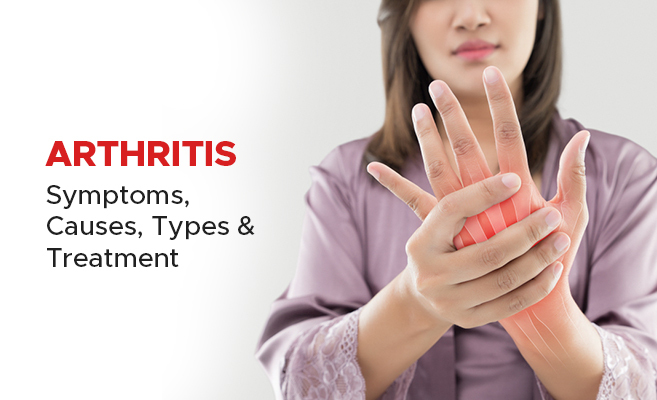What is arthritis?
Arthritis serves as a comprehensive term encompassing over 100 distinct types of joint pain and diseases, impacting millions of individuals. Although commonly associated with aging, arthritis can manifest in early middle age. A study in the American Journal of Sports Medicine reveals a noteworthy trend: elite male athletes face a higher likelihood of developing arthritis compared to the general population.
The study emphasizes that approximately 30% of elite male athletes engaged in contact sports may experience arthritis in their knees and hips. This heightened risk is attributed to the significant wear and tear on their joints resulting from the rigorous demands of their physical activities. Additionally, these athletes are predisposed to an increased risk of arthritis later in life. This insight underscores the importance of addressing joint health and preventive measures, particularly for those involved in intense athletic pursuits.

What can you do?
A widely employed approach for managing arthritis involves medication, primarily aimed at alleviating pain. Your healthcare provider might prescribe NSAID pain relievers, corticosteroids, antirheumatic drugs, or antibiotics as part of your arthritis treatment plan. Taking medication is a straightforward process – you simply ingest it with water, and shortly thereafter, your pain tends to diminish. However, it’s crucial to be aware that medications can potentially induce adverse side effects and, in some instances, pose a risk of dependency.
NSAIDs, for instance, carry the risk of blood clots, heart attacks, or strokes. Corticosteroids, on the other hand, may lead to cataracts, elevated blood sugar levels, and bone loss. Fortunately, there exists a safer and healthier alternative for arthritis treatment: physical therapy.
If you suspect that you are grappling with arthritic pain and seek relief without exposing yourself to the potential risks associated with medications, we encourage you to get in touch with our office today. We can arrange for you to consult with a physical therapist who can assist you in transitioning away from medications and effectively mitigating your arthritis symptoms.
Types of arthritis:
Osteoarthritis: the most prevalent form of arthritis, arises from a decline in joint cartilage attributed to the natural “wear and tear” associated with aging. This wear and tear process result in bones rubbing against each other, causing discomfort and swelling. Physical therapy often proves effective in alleviating osteoarthritis pain, particularly in cases diagnosed as mild-to-moderate, offering a non-medication approach.
Inflammatory Arthritis: commonly known as Rheumatoid Arthritis, manifests when the immune system aggressively targets joint tissues, leading to intense inflammation. Genetic factors often contribute to inflammatory arthritis, and medical professionals typically address it with medication. Nevertheless, depending on symptom severity, physical therapy may also be recommended as part of the treatment plan.
Metabolic Arthritis: exemplified by gout as its most prevalent form, occurs due to the accumulation of uric acid crystals in the joints, particularly in the extremities like the feet. Reduced kidney function is a typical contributor to this condition. Physical therapy plays a crucial role in aiding gout patients by restoring range of motion in affected areas and potentially reducing the buildup of acidic crystals in the joints. If you suspect you may be dealing with any form of arthritis, our team is here to provide.
How will physical therapy help you?
When it comes to treating arthritis, a physical therapist’s primary objectives are to minimize stress on the joints, enhance strength, and preserve range of motion. Collaborating with a physical therapist offers various advantages, including:
- Weight control: Your physical therapist will partner with you to manage your weight through a combination of targeted exercises and dietary guidance. This proactive approach aids in preventing additional stress on weight-bearing joints.
- Proper posture: Implementing posture improvement techniques helps alleviate stress on your joints, contributing to overall joint health.
- Stretching and exercise: Engaging in tailored light exercises and stretching routines under the guidance of your therapist is instrumental in enhancing the range of motion in affected areas.
- Rest: Your therapist will recommend a well-balanced schedule for rest and sleep, complementing your exercise routine. Adequate rest facilitates the body’s healing process and aims to reduce arthritic inflammation and pain.
It’s important to note that each treatment plan is unique, customized based on your body’s specific needs and the type of arthritis you’re dealing with. To embark on a natural, safe, and healthy path through physical therapy, we encourage you to take the first step by calling and scheduling a consultation with one of our experienced physical therapists today. Our goal is to guide you toward comfort and a pain-free existence, achievable through just a few short sessions.